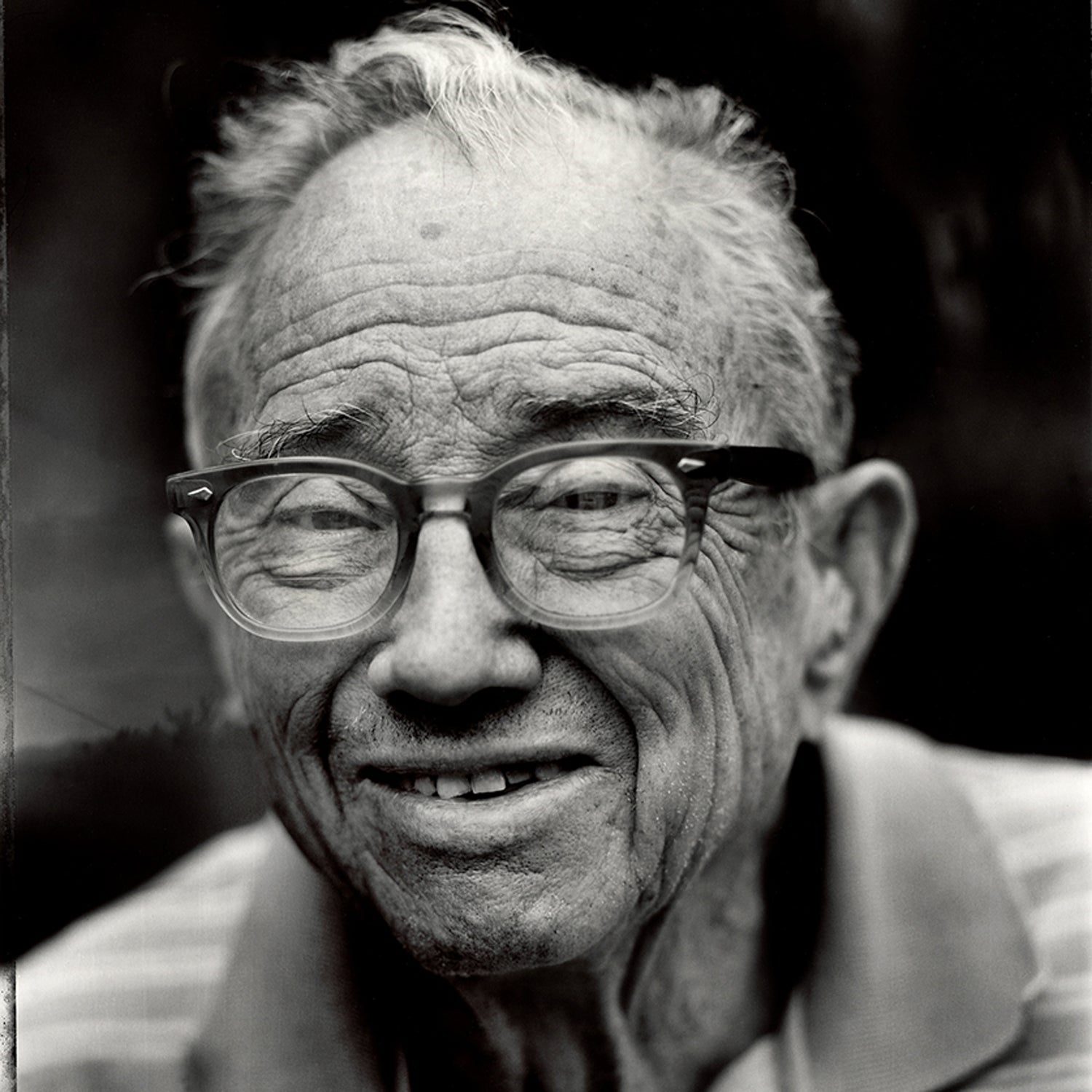Pioneering High Sierra mountaineer Glen Dawson, whose career leapt beyond mountaineering into the excitement of creating technical rock climbing, died in his sleep on the night of March 21. He was 103.
Dawson was the last man standing from a pivotal event in the history of climbing: the arrival of the rope in California. Today, soloists like Alex Honnold get national attention for going out with little more than a chalk bag and rock shoes. But 80 years ago, when Dawson was coming up, going ropeless was the norm among rock climbers. That is, until, in the summer of 1931, when Teton climber Robert Underhill brought his knowledge of alpine rope handling to Sierra climbers, which included Dawson.
At that time, Dawson and his contemporary, Jules Eichorn, both 19 years old, were tearing up the high peaks on bold, dual-solo forays when they became the young guns at the watershed Underhill Camp. Their first ascents that summer included the last unclimbed fourteen-thousand-foot peak in California, Thunderbolt Peak, which they named after a close call on the summit. Their trip culminated that August in the first ascent of the East Face of Mount Whitney, the biggest wall climb anyone had yet attempted on the continent. Aided by the arrival of the rope, Dawson helped push the level of difficulty in rock climbing at the time.
Dawson grew up in Pasadena, California, the son of an antiquarian bookseller and Sierra Club climber. This was not the club we know today for its international reach as a conservation organization, but a climbing fraternity that had been steadily upping the ante of difficulty on Sierra peaks since its founding by John Muir in 1892. By the 1920s, its leading climbers were making daring unroped ascents, trying to reach the summits of the last remaining unclimbed peaks in California, such as Middle Palisade and Mount Russell. Underhill was concerned that the risks were getting greater, and that the lives of future generations would depend on the safety backup of a rope.
This was the culture young Dawson grew into as a teenager, highlighted by lumbering camps on the Sierra Club’s annual “High Trip.” On trips, Dawson and others ranged for weeks through different stretches of Sierra timberline country, including the backcountry of what later became Kings Canyon National Park. The trips galvanized club members into enthusiastic lobbyists for the creation of Kings Canyon National Park in 1940. In 1932, for instance, 199 members supported by 25 mules roamed the range for weeks, camping in a grand style. Bearded university professors in tweed coats and ladies in long dresses would climb anything from a modest walk-up to the first ascents of peaks that Dawson led that summer, before gathering around a roaring bonfire in the evening.
In 1933 Dawson became a founding member of the Rock Climbing Section of the Southern California Chapter of the Sierra Club, and the following year he helped found the Club’s Ski Mountaineering section. He eventually earned a history degree from UCLA, then embarked on a 15-month round-the-world climbing tour. He climbed about 30 routes in the Alps in a six-week period and such technical rock climbs as the Tennis Shoe route on the Idwal in North Wales, before being weathered off of an attempt on the highest peak in Europe, Mount Elbrus.
The year 1937 was perhaps Dawson’s best for technical rock climbing. Over Labor Day weekend, he returned to Mount Whitney and put up the long and elegant 14-pitch East Buttress, a 5.7 route he quickly realized was a far better climb than the East Face. Many climbers today call it the finest moderate route in the entire Whitney Massif. In October of that same year, Dawson returned to the newly-discovered Tahquitz Rock, which was quickly becoming the premiere crag in Southern California. With Dick Jones, Dawson put up by far the area’s hardest climb, the Mechanic’s Route, which at 5.8 was at the cutting edge of difficulty in the country.
“The climb was right at the limit of what I wanted to do, difficulty-wise,” recalled Dawson in the 1993 book Guide to Tahquitz and Suicide Rocks. “I think we may not have done it free if we had a good spot to put in a piton–the free climbing was really partly a result of necessity.”
The following year, newly-married and beginning a family, Dawson retired from technical rock climbing. During World War II he joined with his Sierra Club contemporaries to form the core of the instructor pool for the Army’s 10th Mountain Division, which eventually saw action in Italy. He became a Director of the Sierra Club, ran Dawson’s Bookshop, and published 370 collectible books, including many striking miniature editions.
In 1973, Dawson received the Sierra Club's Francis P. Farquhar Mountaineering Award. In 2011, he won the organization's Walter A. Starr Award, for his support of the club as a former director. In 2009, Dawson was awarded an honorary Doctor of Humane Letters degree from Azusa Pacific University for his accomplishments as a rare book expert, publisher, and mountaineer.
Dawson summed up his career in the 2008 book Climbing Mt. Whitney with a modesty typical of his era: “I am notable only as an historical curiosity or perhaps as a living fossil. My career as a rock climber spanned the years 1927 to about 1938. During my lifetime I have been an antiquarian bookseller and publisher but that one event [the first ascent of the East Face of Mt. Whitney] of August 16, 1931 is my footnote in climbing history.

